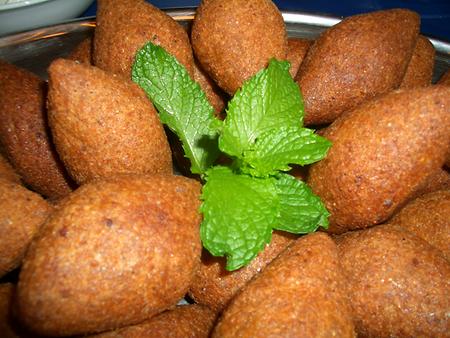Lebanon#
Lebanon gained independence in 1943, establishing a unique political system – confessionalism – a Consociationalism type of power sharing mechanism based on religious communities. Foreign troops withdrew completely from Lebanon on 31 December 1946.
Lebanon is a member of the Organisation internationale de la francophonie since 1973.
Before the Lebanese Civil War (1975–1990), the country experienced a period of relative calm and renowned prosperity, driven by tourism, agriculture, commerce, and banking.
Because of its financial power and diversity in its heyday, Lebanon was referred to as the "Switzerland of the East" during the 1960s., and its capital Beirut attracted so many tourists that it was known as "the Paris of the Middle East".
- Lebanon has largest boundary with Syria which is approximately 375 km.
- Lebanon has shortest boundary with Israel which is approximately 79 km.
- The largest river in Lebanon is Orontes River which is 570 km.
- The largest export partner of Lebanon is South Africa.
- The largest import partner of Lebanon is US.
- There are 13 seaports in Lebanon.
Tourist Attraction#
Ancient Tyre is replete with ruins—including this preserved Roman road and arch.National Facts#
- The famous dance of Lebanon is Dabke.
- The famous dishes of Lebanon are Kibbeh, tabbouleh etc.

References#
- Text marked as italic is taken from https://en.wikipedia.org/wiki/Lebanon unter CC